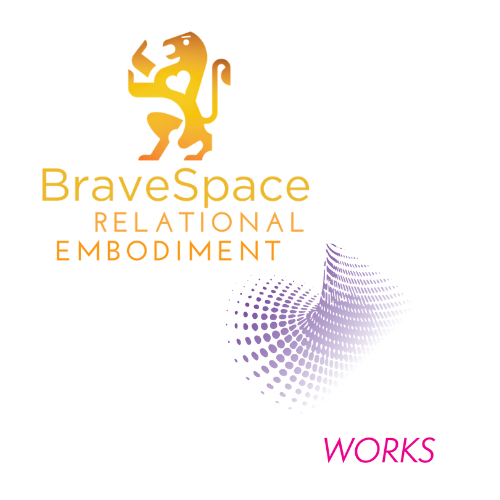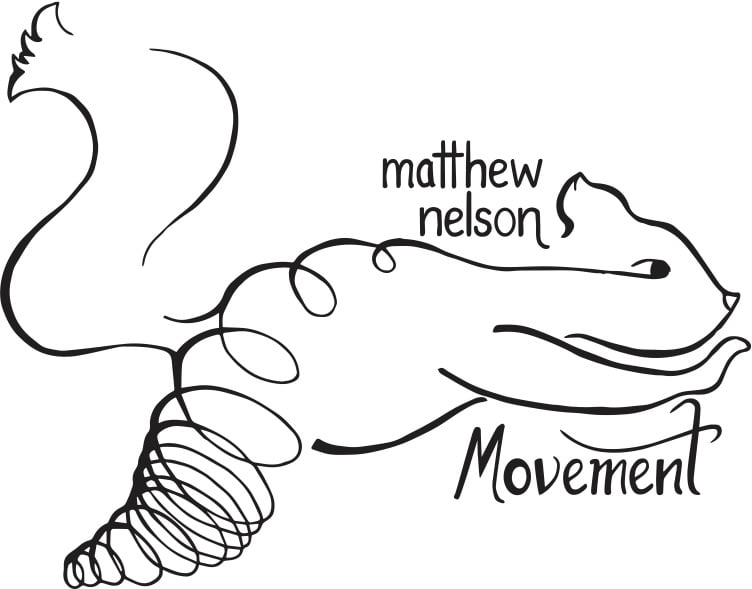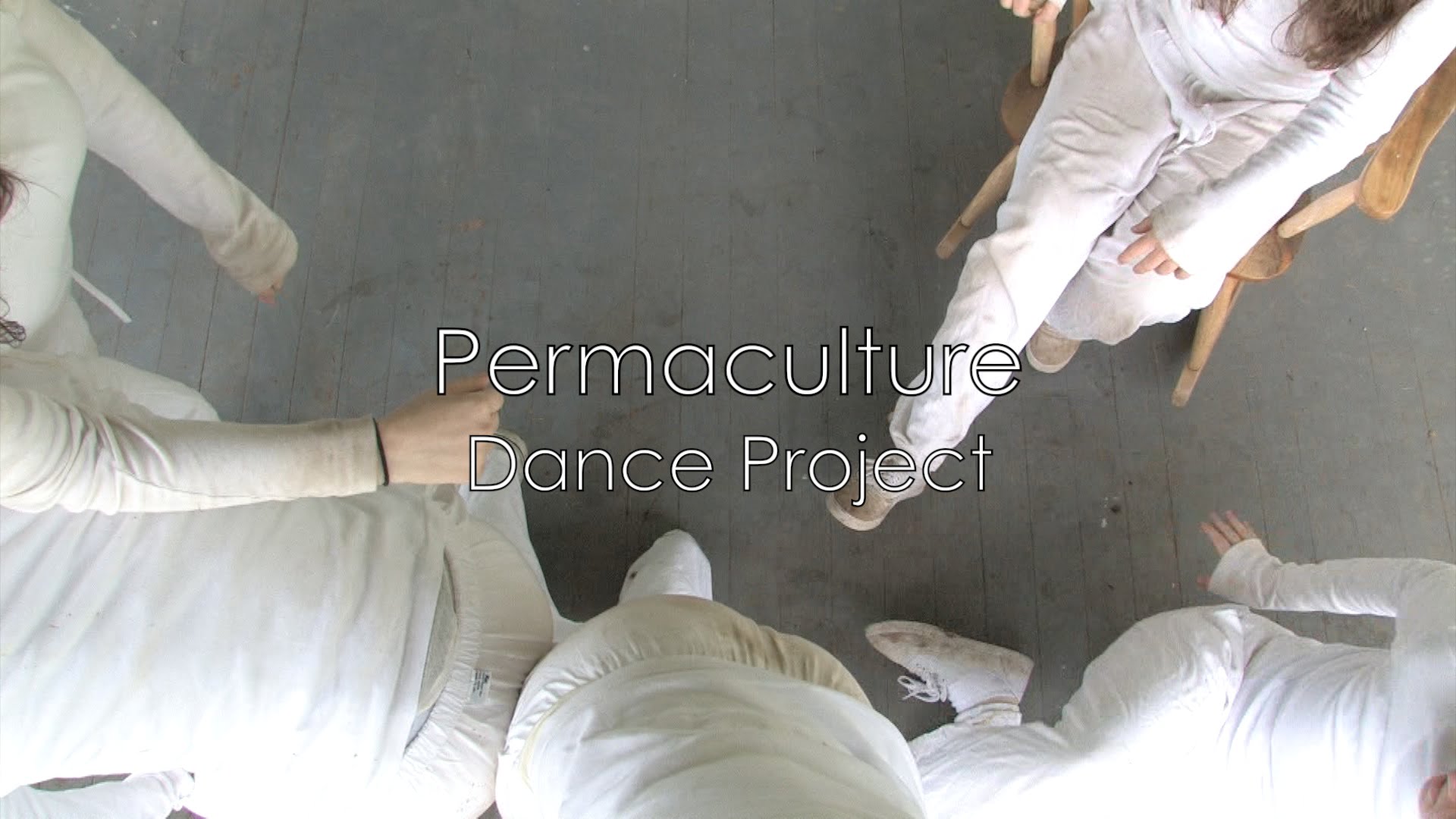One day I did a very simple experiment: I got in the bathtub, filled it a fair bit, immersed myself completely except for my face, and took some nice deep breaths. This is therapeutic in itself, yes? Here’s the really exciting part: When I’d breathe in, the level of water in the tub would go up. When I’d breathe out, it’d go down. I was displacing water, and that’s because I get bigger and smaller when I breath. Try it yourself—it’s a pretty sure bet that you do too.
This volumetric shape change—getting bigger and smaller—has implications for every movement we make because it is our most basic phrasing of movement. Volumetric shape change supports our resilience—an ability to bounce back from external forces. If we stop breathing, our timescale for survival is short—or at least it doesn’t take long until we go unconscious and start breathing again. Yet, when we come under stress we tend to freeze, and therefore minimize the volumetric shape change that characterizes our basic survival. Today I was skiing through some difficult terrain on the back side of Bogus Basin, and I felt myself freeze up in fear. Of course this only made me slam down harder into the moguls and further lose my flow. Resilience, and even stability, are a product of movement! In order to better control my motion I imaged myself getting larger as I’d breath in at the initiation of a turn. Then, as I exhaled, I’d allow myself to compress and yield into a smaller shape while landing on my skis in the new direction.
I’ll write soon about biotensegrity—the structural nature of our connective tissues, and how that relates to expansion and condensation. In the meantime, perhaps imagine a spring that breathes; illustrated by my new mascot Springy the Squirrel.
Hopefully I’ve begun to illustrate why shape change is essential for adaptation. The shape of my offerings is getting ready for a change: My current class structure and timing has not proven itself to be effective. In place of these offerings I will start to produce specific workshops tailored to your needs. In the coming weeks I have it in mind to offer: Stretch, Conditioning and Technique for Skiers, and Care for Dancers. If you would like to offer input on when one of these might be best timed for your participation, please let me know! Also, please suggest your needs!
This week at Range in Motion I’m offering Resilient, receptive on Monday at 9am and Men who move on Wednesday at 5:30pm. You must register for these classes to take place, at Sign up online. Even one hour notice will guarantee the class will take place.
I’m also teaching Dance, People, Dance!, a dance improvisation workshop this Sunday from 3:30-5:30 at YogaTree (www.yogatreeofboise.com). Even if you’ve missed the first two sessions you are welcome in this last class. Just show up if YogaTree’s signup isn’t working…it was down last week.


